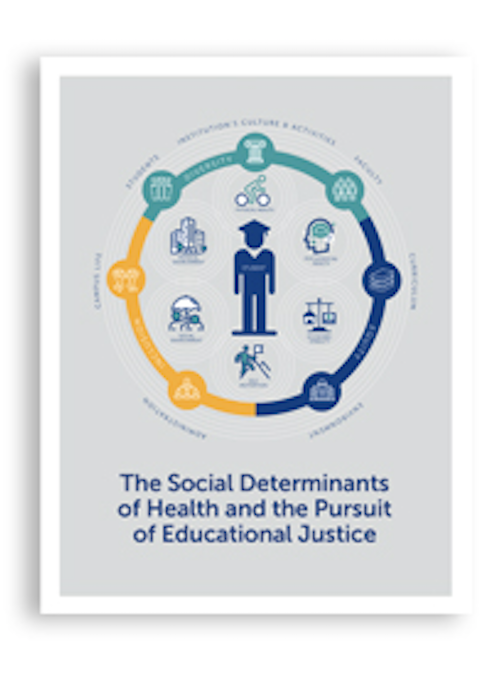Educational Justice for All: A Roadmap Toward Progress
The Social Determinants of Learning Framework
We developed our Social Determinants of Learning framework to help address these learning disparities and expand learning opportunities to support nursing student diversity, equity and inclusion. We’re committed to educational access and justice for all students and prospective students and believe that a holistic application process is an imperative when considering prospective students.
The Social Determinants of Learning address the non-academic barriers to student success that ethnically diverse students may encounter. These are part of the culturally responsible framework that we use to evaluate our curriculum, assessment strategies, and environment. This same culturally responsive framework is used to ensure our curriculum, environment, and instruction are grounded in multicultural excellence as we strive to graduate health care practitioners who can identify and act on the social determinants of health.
The Social Determinants of Learning Framework, Explained
Learn more about our Social Determinants of Learning framework in this informational video.













